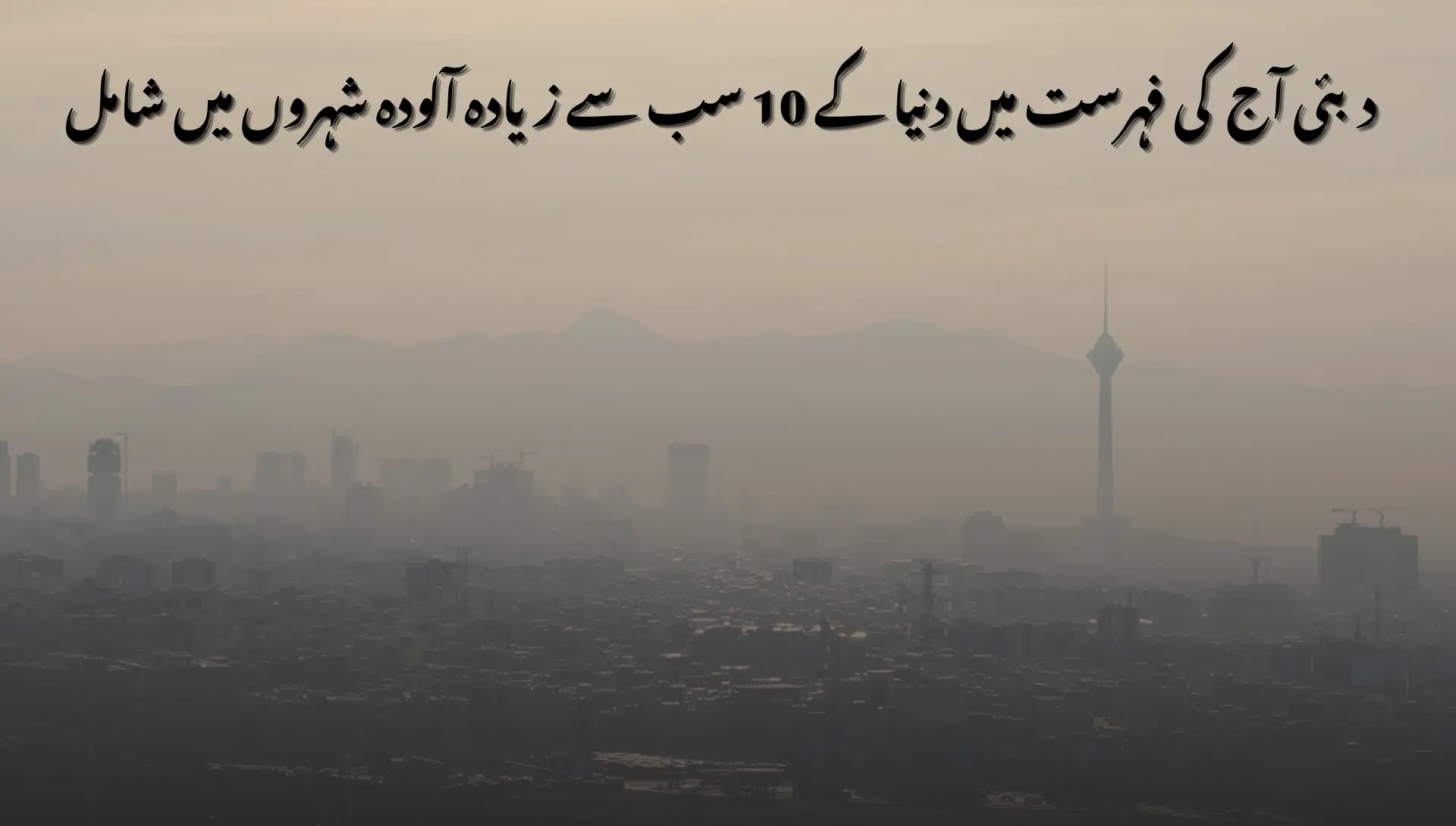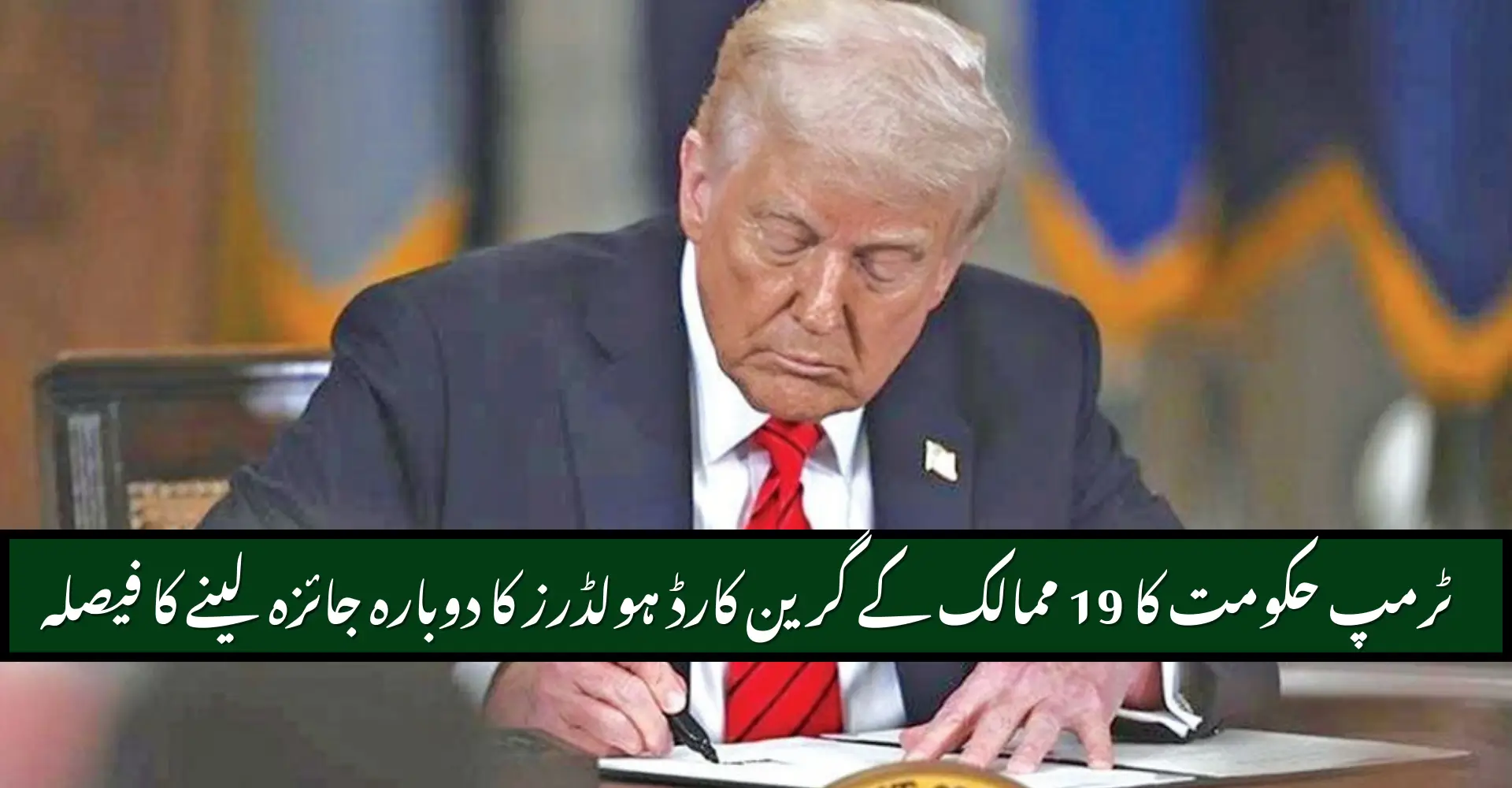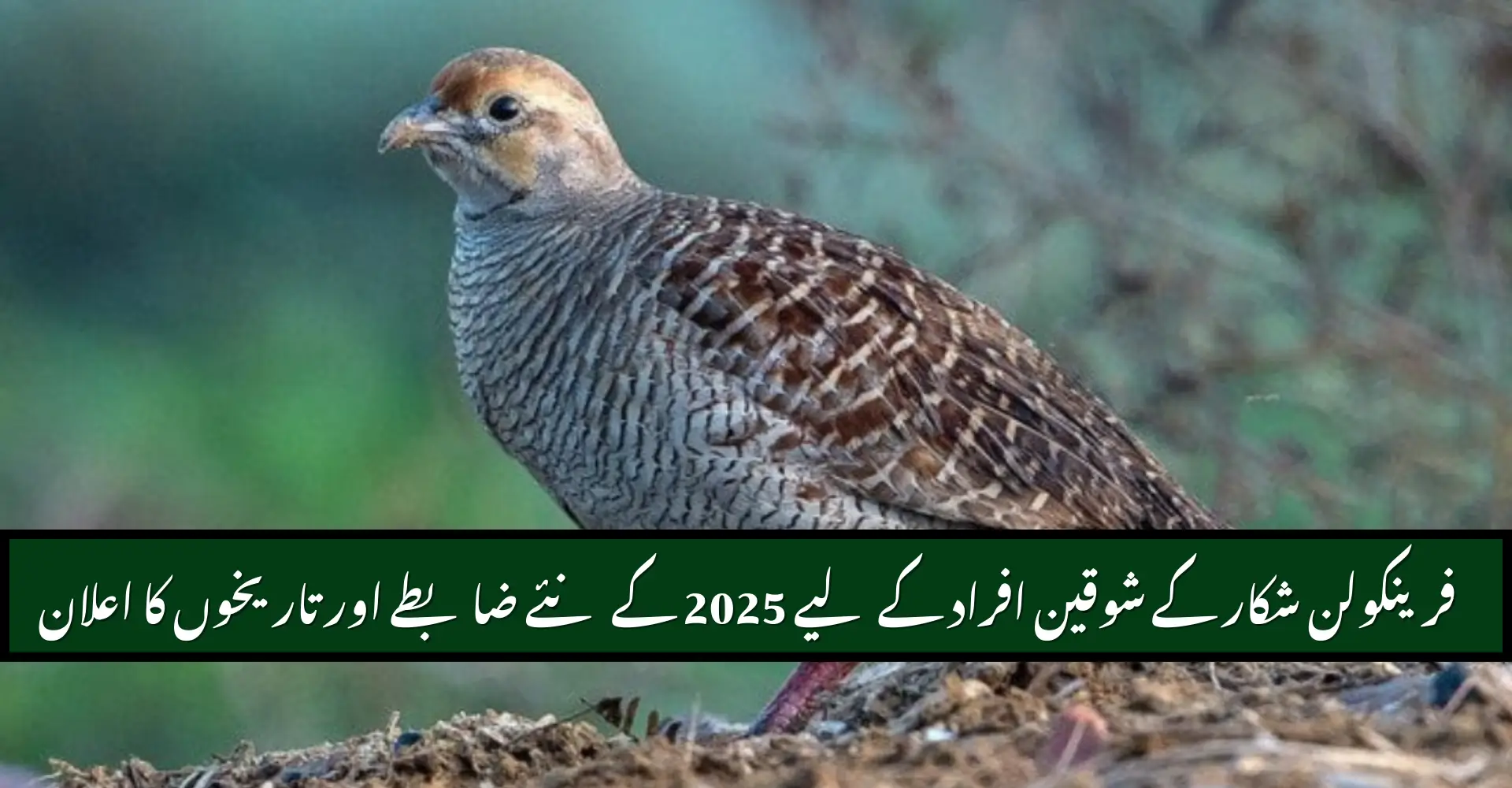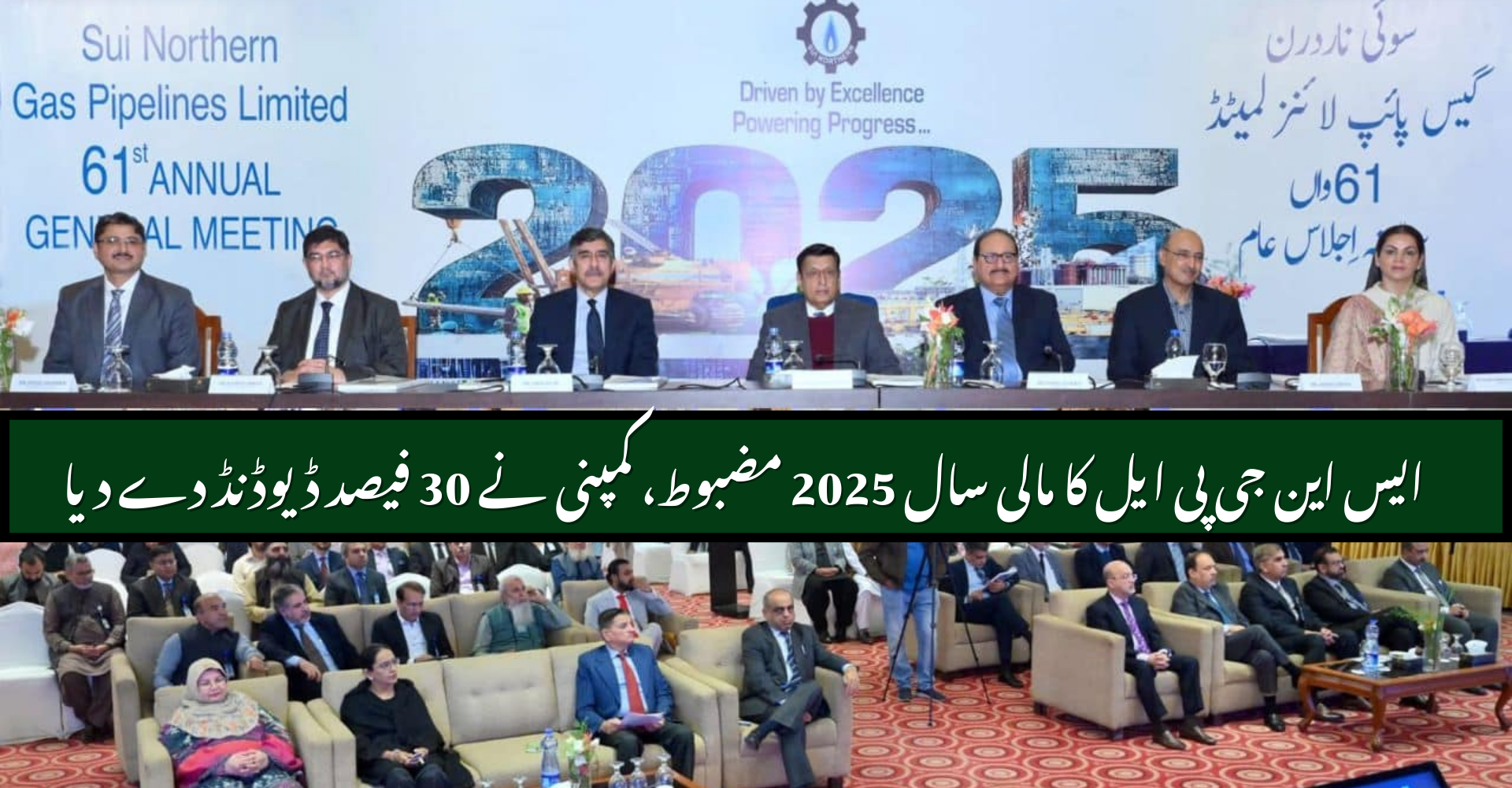Dubai Ranks Among Top 10 Most Polluted Cities in the World Today (2025). In 2025, Dubai the shining jewel of the UAE known for its futuristic skyline and green ambitions made headlines for an unexpected reason. According to the latest Air Quality Index (AQI) report, Dubai ranked 8th among the world’s most polluted cities with an AQI score of 153, falling into the “unhealthy” category.
This ranking shocked both residents and environmental experts, as the city is globally recognized for its smart city planning and sustainability initiatives. So, how did Dubai end up among the top 10 most polluted cities in the world today? Let’s uncover the reasons, comparisons, and solutions shaping Dubai’s air quality story in 2025.
Understanding the Air Quality Index (AQI)
The Air Quality Index (AQI) measures how clean or polluted the air is. It’s based on key pollutants such as PM2.5, PM10, ozone (O₃), nitrogen dioxide (NO₂), carbon monoxide (CO), and sulfur dioxide (SO₂).
AQI Categories Explained
| AQI Range | Air Quality Level | Health Concern |
|---|---|---|
| 0–50 | Good | Minimal impact |
| 51–100 | Moderate | Acceptable for most people |
| 101–150 | Unhealthy for sensitive groups | Affects children & elderly |
| 151–200 | Unhealthy | Everyone may experience effects |
| 201–300 | Very Unhealthy | Health alert for all |
| 301+ | Hazardous | Serious health impacts |
In Dubai’s case, an AQI of 153 means the air is “unhealthy” for the general population, especially those with respiratory or heart conditions.
Dubai’s Air Pollution Ranking in 2025
Global Pollution Comparison (Top 10 Cities 2025)
| Rank | City | Country | AQI Level | Category |
|---|---|---|---|---|
| 1 | Lahore | Pakistan | 340 | Hazardous |
| 2 | Delhi | India | 219 | Very Unhealthy |
| 3 | Kolkata | India | 190 | Unhealthy |
| 4 | Karachi | Pakistan | 176 | Unhealthy |
| 5 | Dhaka | Bangladesh | 165 | Unhealthy |
| 6 | Beijing | China | 160 | Unhealthy |
| 7 | Kuwait City | Kuwait | 158 | Unhealthy |
| 8 | Dubai | UAE | 153 | Unhealthy |
| 9 | Manama | Bahrain | 149 | Unhealthy for sensitive groups |
| 10 | Kampala | Uganda | 146 | Unhealthy for sensitive groups |
Despite its strict environmental standards, Dubai’s air quality has declined due to urban density, construction dust, and traffic emissions, bringing it close to other regional hotspots like Kuwait City and Manama.
Why Dubai’s Air Quality is Declining
1. Rapid Urbanization and Construction Boom
Dubai’s constant construction — from skyscrapers to mega infrastructure — is a major contributor to PM10 dust particles. Massive development projects release fine dust that lingers in the air, especially during the dry season when winds carry sand and debris across the city.
2. Traffic Emissions and Vehicle Density
The Dubai Roads and Transport Authority (RTA) reports that over 1.8 million vehicles operate daily within the city. Exhaust from private cars, taxis, and buses contributes heavily to NO₂ and CO levels.
3. Industrial and Energy Sector Emissions
Industrial areas such as Jebel Ali and Dubai Industrial City are known for manufacturing, logistics, and energy production. While these sectors fuel economic growth, they also emit pollutants that raise the AQI.
4. Weather and Geography
Dubai’s desert climate traps pollutants close to the surface due to temperature inversions — where hot air above traps cooler air (and pollutants) near the ground. With little rainfall and frequent sandstorms, the air gets even denser with dust and smog.
Impact of Air Pollution on Health and Lifestyle
Air pollution is not just an environmental concern — it’s a public health issue.
Health Effects in Dubai
- Respiratory problems: Increased asthma and bronchitis cases.
- Cardiovascular diseases: Higher risk due to prolonged exposure to fine particles.
- Eye and skin irritation: Common during sandstorm seasons.
- Reduced immunity: Long-term exposure weakens the immune system.
Economic and Lifestyle Impact
- Reduced outdoor activities: Rising pollution discourages residents from exercising outdoors.
- Tourism image risk: Visitors now check air quality apps before booking.
- Workplace productivity: Poor air quality leads to fatigue and reduced focus.
Government and Smart City Initiatives
Despite this alarming ranking, Dubai is taking strong corrective measures under its Dubai Clean Air Strategy 2030 and UAE Net Zero 2050 vision.
1. Green Mobility Plans
Dubai is promoting electric vehicles (EVs) and public transport adoption through initiatives like:
- Free Salik and parking for EVs.
- Expansion of Dubai Metro and RTA’s Green Bus Fleet.
- Collaboration with Tesla and Emirates National Oil Company (ENOC) for EV charging networks.
2. Air Quality Monitoring Stations
Over 20 monitoring stations now track pollutants across the city in real time. Residents can view live AQI data via the Dubai Municipality Smart App.
3. Green Building Regulations
Developers must follow Dubai Municipality’s Green Building Codes that ensure energy-efficient ventilation and dust control systems at construction sites.
4. Urban Forest and Tree Plantation Drives
Dubai’s “One Million Trees Initiative” and urban greening projects aim to absorb CO₂ and reduce dust levels, particularly in high-traffic zones like Sheikh Zayed Road.
5. Smart AI-Based Air Management
The Dubai government is investing in AI-driven environmental sensors that analyze pollution patterns and predict high-risk days — enabling timely alerts and preventive measures.
Comparison: Dubai vs Regional Neighbors
| Factor | Dubai (UAE) | Kuwait City (Kuwait) | Manama (Bahrain) | Riyadh (Saudi Arabia) |
|---|---|---|---|---|
| AQI (2025) | 153 | 158 | 149 | 142 |
| Main Pollutant | PM2.5 | PM10 | PM2.5 | Dust/Sand |
| Major Source | Construction, Traffic | Oil Refining | Vehicular | Sandstorms |
| Clean Air Measures | EV Policy, Air Monitoring, Green Codes | Limited EV policies | Partial | Expanding renewables |
Dubai stands ahead in policy readiness and smart technology adoption, but regional dust and industrial influences make it difficult to maintain consistently clean air.
Residents’ Role in Improving Dubai’s Air Quality
While government strategies play a huge role, citizens can also contribute to cleaner air in simple yet effective ways:
- Use public transport or carpool to reduce emissions.
- Switch to electric or hybrid vehicles where possible.
- Limit air conditioner use and maintain filters regularly.
- Avoid burning waste or using diesel generators unnecessarily.
- Support urban tree planting campaigns.
Even small behavioral changes can collectively create a visible difference.
Technological Innovation: The Future of Dubai’s Clean Air Mission
Dubai’s “Smart Environmental Sustainability Index” aims to integrate IoT and AI into daily air monitoring. Upcoming projects include:
- Drone-based air samplers for pollution hotspots.
- AI traffic prediction to control congestion during rush hours.
- Smart roofs and solar shading systems in new urban designs.
- Carbon-neutral zones across business districts like Dubai Internet City and Business Bay.
By merging data-driven insights with sustainability goals, Dubai hopes to reduce pollution levels by 30% before 2030.
Public Awareness and Media Campaigns
The Ministry of Climate Change and Environment (MOCCAE), along with Dubai Municipality, continues to raise awareness through:
- School workshops on clean air.
- Media campaigns such as “Breathe Clean Dubai”.
- Collaborations with influencers and eco-activists to spread awareness online.
These educational efforts are vital in building a collective sense of responsibility among residents.
Is Dubai Still a Safe Place to Live in 2025?
Yes — despite the “unhealthy” AQI label, Dubai remains one of the safest and most organized cities globally. The government’s rapid response mechanisms, healthcare access, and smart monitoring make it far better equipped to manage air pollution compared to many other regions.
However, residents are advised to:
- Check AQI apps daily (like IQAir or AirVisual).
- Avoid outdoor activities on high-pollution days.
- Use N95 masks during sandstorms.
- Keep air purifiers in homes and offices.
Future Outlook: Can Dubai Drop Out of the Top 10 by 2030?
Experts believe that with consistent enforcement of green mobility, industrial regulation, and public participation, Dubai can reduce its AQI to below 100 by 2030.
Ongoing projects like:
- Dubai Urban Master Plan 2040
- Net Zero Carbon Buildings Initiative
- Clean Energy Strategy 2050
…are all designed to balance economic growth with environmental protection.
If implemented successfully, Dubai could transition from being one of the most polluted cities to a benchmark of clean urban living in the Middle East.
FAQs
1. Why is Dubai ranked among the top 10 most polluted cities in 2025?
Due to factors like heavy traffic, ongoing construction, industrial emissions, and dry desert conditions trapping pollutants in the air.
2. What is the current AQI in Dubai today?
As of the latest report, Dubai’s AQI is 153, categorizing it as “unhealthy.” Levels may vary daily based on weather and wind activity.
3. How can residents protect themselves from poor air quality?
Monitor AQI updates, limit outdoor exposure on high-pollution days, and use air purifiers and N95 masks when needed.
4. Is Dubai taking steps to improve air quality?
Yes. The Dubai Clean Air Strategy 2030 includes electric vehicle adoption, stricter emission standards, and AI-based air monitoring.
5. Will Dubai’s air get better in the coming years?
Experts predict steady improvement by 2030, thanks to sustainable transportation, industrial reforms, and public awareness campaigns.
Conclusion
Dubai’s inclusion among the top 10 most polluted cities in the world is a wake-up call, not a downfall. It reflects the global urban challenge of balancing development and sustainability.
With visionary policies like the Dubai Clean Air Strategy 2030, continuous monitoring, and the commitment of its citizens, Dubai has the tools to clear its skies and reclaim its position as a smart, sustainable, and breathable city for all.














